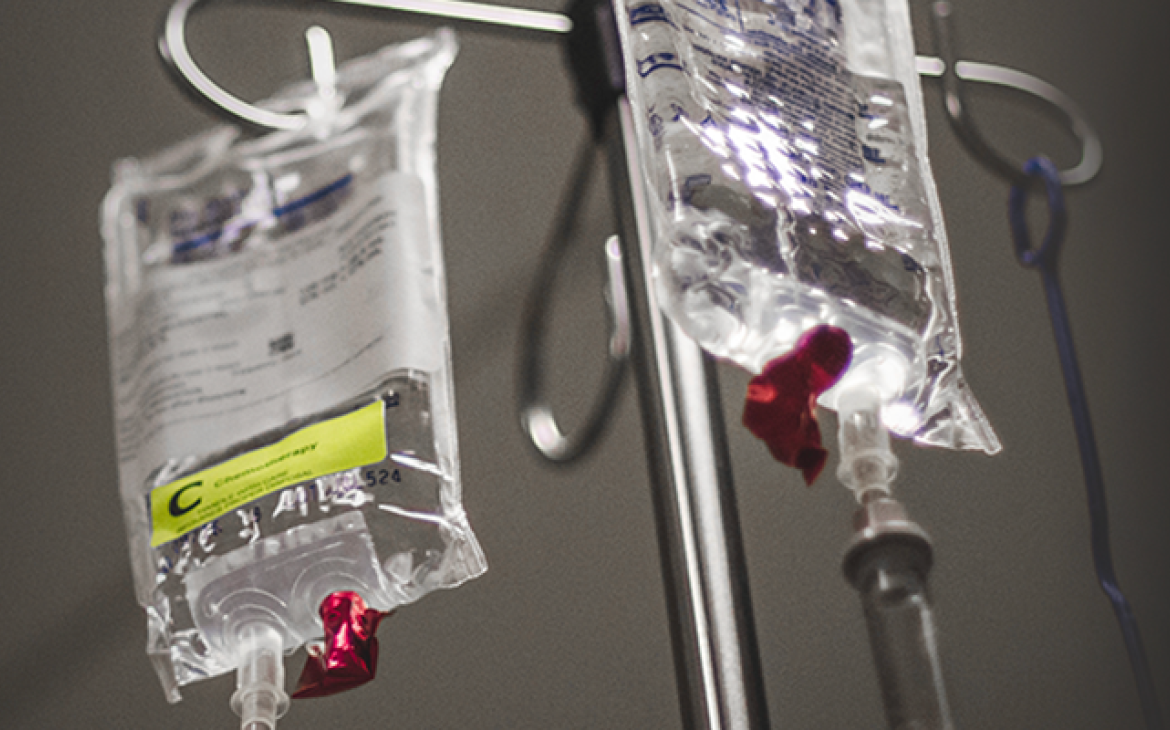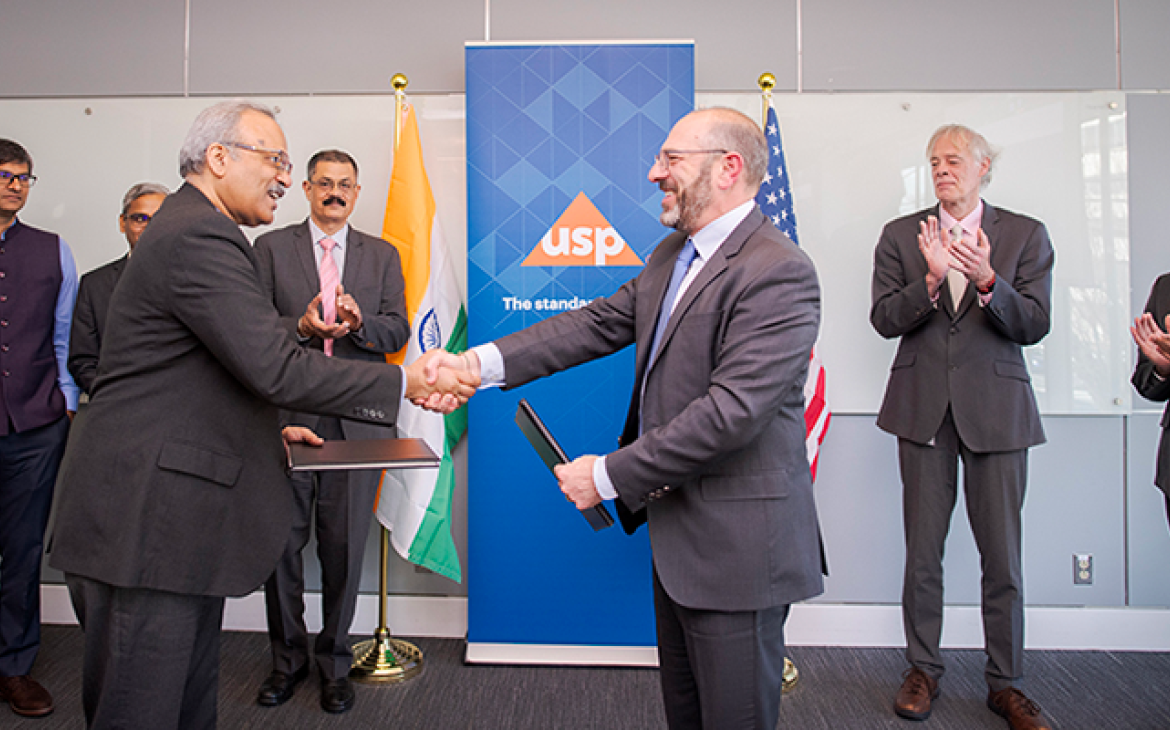
Persistent and long-lasting shortages of childhood cancer treatments undermine the advancements in science that have helped to increase childhood cancer survival rates to 85 percent. In fact, critical pediatric oncology medicines – which tend to be older, sterile injectables with few, if any, alternatives – have a 90 percent higher risk of shortage. As we recognize Childhood Cancer Awareness Month, there is an opportunity to revisit a whitepaper, Quantifying drivers of supply chain resilience in pediatric oncology medications, which outlined four attributes that contribute to shortages of these medicines. By providing some visibility to the supply chain for pediatric oncology medicines, steps can be taken so that supply chain vulnerabilities do not impede access to these lifesaving treatments.
Leveraging the U.S. Pharmacopeia’s Medicine Supply Map, we partnered with Vizient and Angels for Change to analyze potential indicators and drivers of supply chain fragility for 19 essential childhood cancer treatments. These therapies – also known as multiagent combination chemotherapy and supportive care reagents or CASCAs – were prioritized by clinical experts from a list of CASCA essential medicines published by the Journal of the American Medical Association in 2019. Of the 19 essential pediatric oncology drugs, 14 (74 percent) experienced one or more shortages since 2016, with an average shortage duration of 40 months or longer.
Injectables with lower prices have more vulnerable supply chains
The correlation between low-price medicines and shortages is well-documented. Out of the 19 essential pediatric oncology drugs studied, 15 are injectable drugs, and 13 are injectable medicines with a price point below the average unit price for injectable drugs. The low prices of these injectable medicines are correlated with decreased supply chain resiliency. As the figure below illustrates, for all injectable drug products below $10/unit, nearly 60 percent have a recent shortage record.

Greater geographic concentration decreases supply chain resilience
Drugs with greater geographic concentration in their manufacturing base are more susceptible to shortages. Our analysis showed that the level of geographic diversity for pediatric oncology medicines is lower than the average drug product.
Drugs with higher manufacturing complexity are more vulnerable to supply disruptions
Dosage form and a specific manufacturing process demonstrated statistically significant relationships to shortages. Injectables are particularly vulnerable to supply chain disruptions when compared to oral solid medications (see figure below). Injectable medicines often undergo a manufacturing process called lyophilization, which is expensive, and therefore medicines made with this process have lower supply chain resilience. Because 15 out of the 19 essential pediatric oncology drugs are injectables, this manufacturing complexity factor decreases supply chain resilience for this class of drugs.

Quality failures increase supply chain vulnerabilities
Sixty-two percent of drug shortages occur because of quality issues in manufacturing, according to the FDA. While essential pediatric oncology drugs don’t generally have a history of quality issues, individual quality events have affected availability for specific childhood cancer medicines.
While this analysis was conducted for 19 essential childhood cancer treatments, the findings and attributes are relevant to the broader medicines supply chain and point to the need for greater visibility to understand supply chain vulnerabilities. To learn more about supply chain vulnerabilities for pediatric oncology medicines, download our whitepaper.


